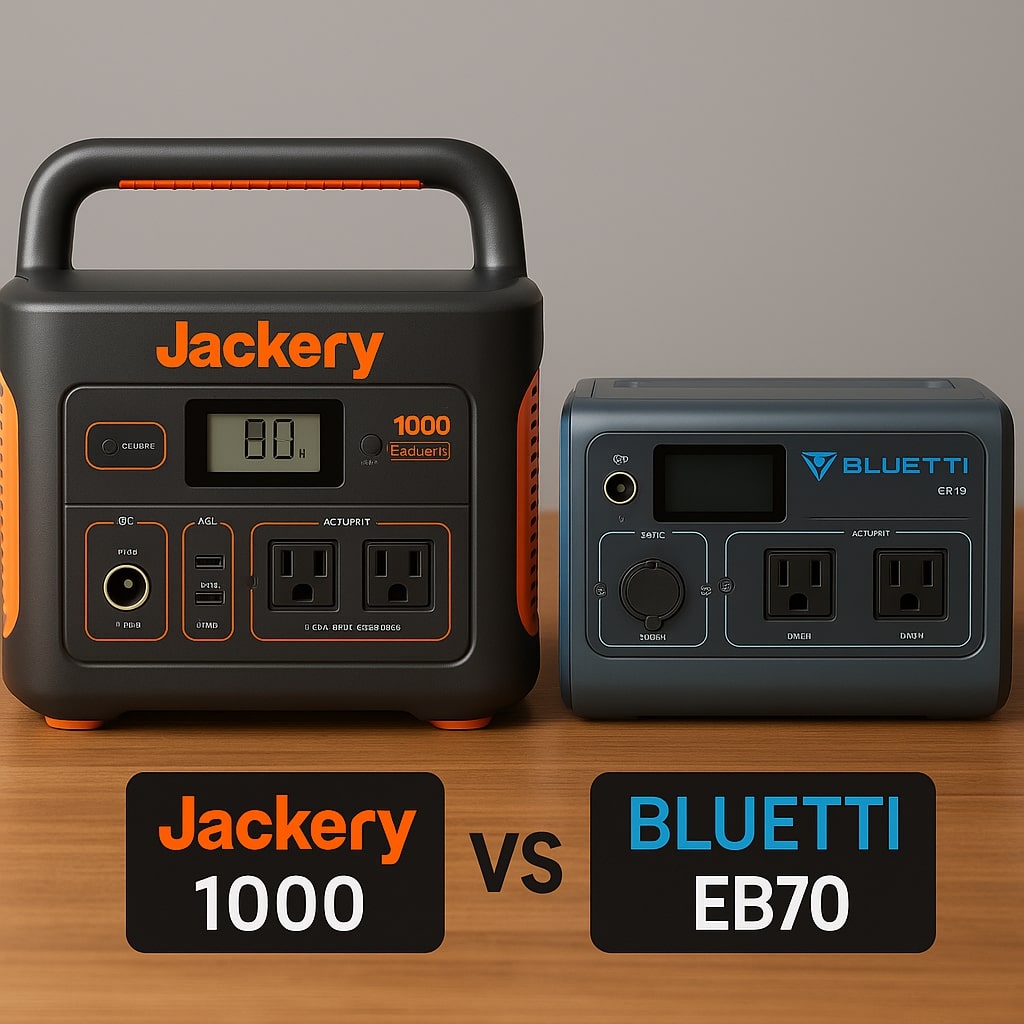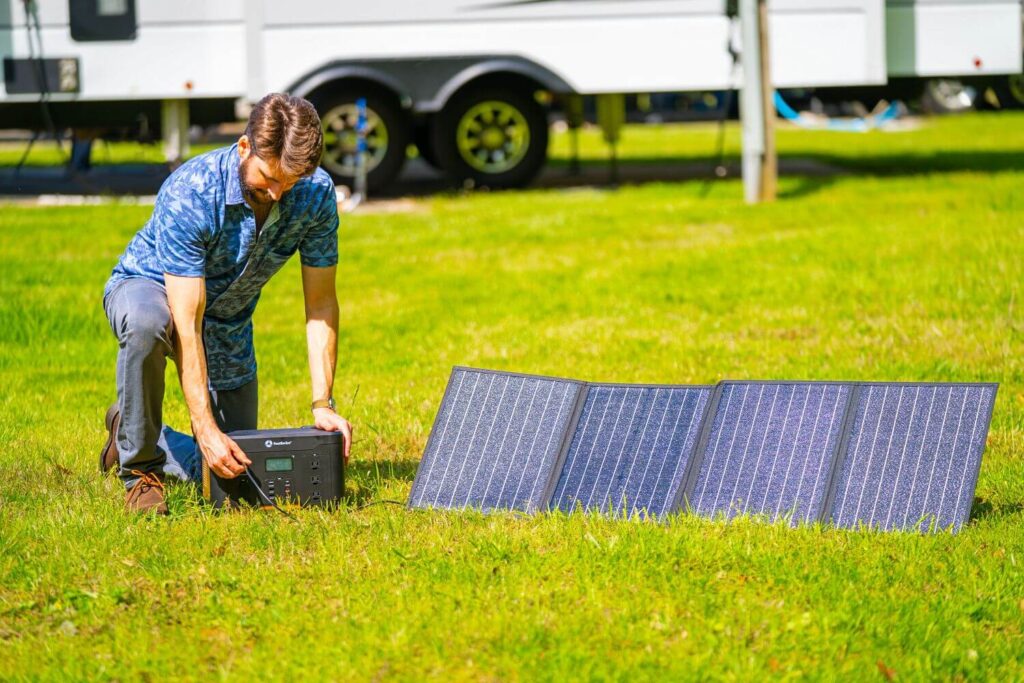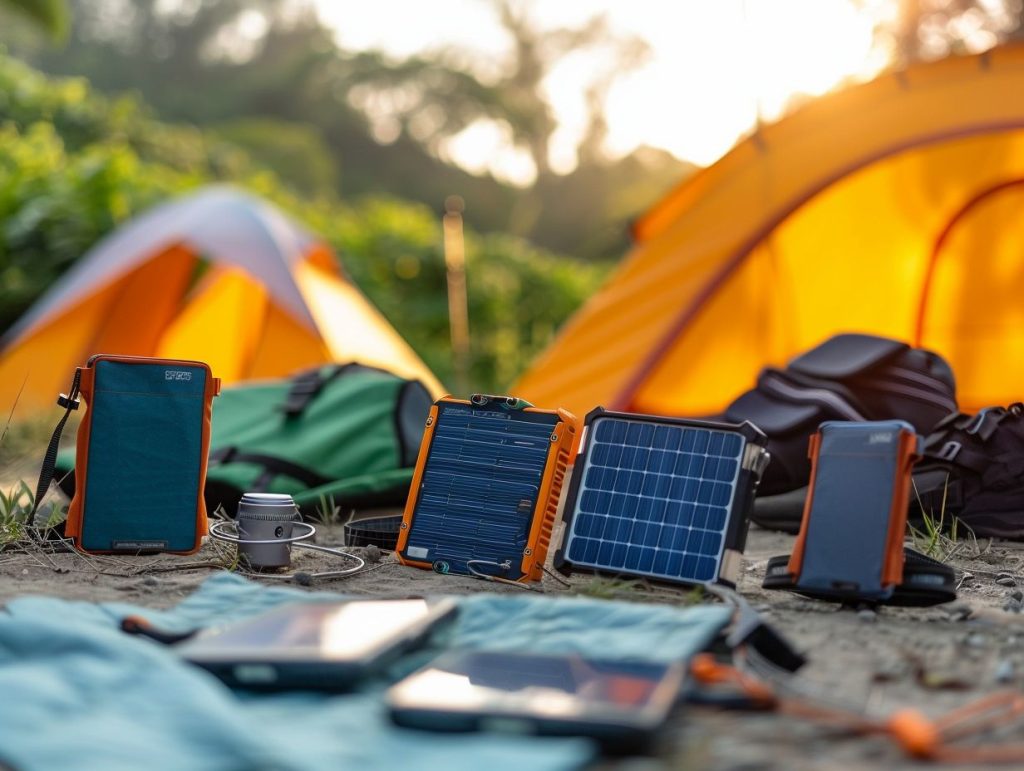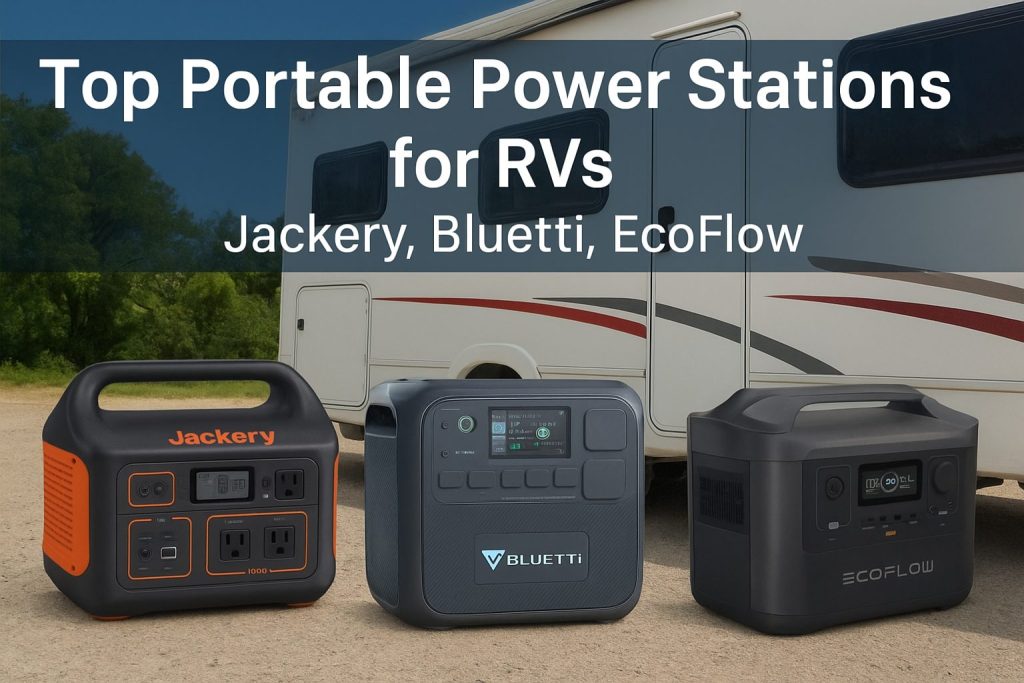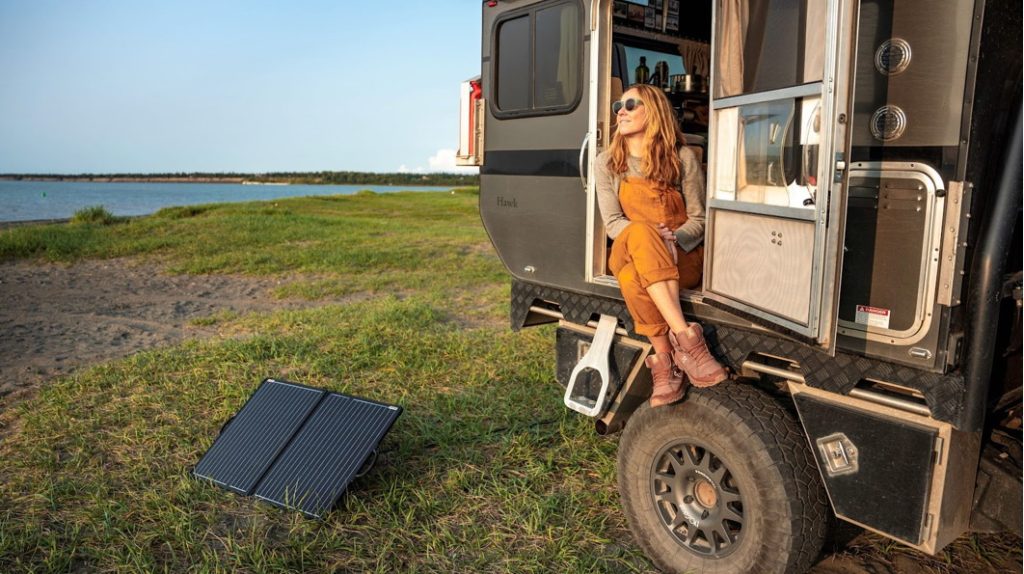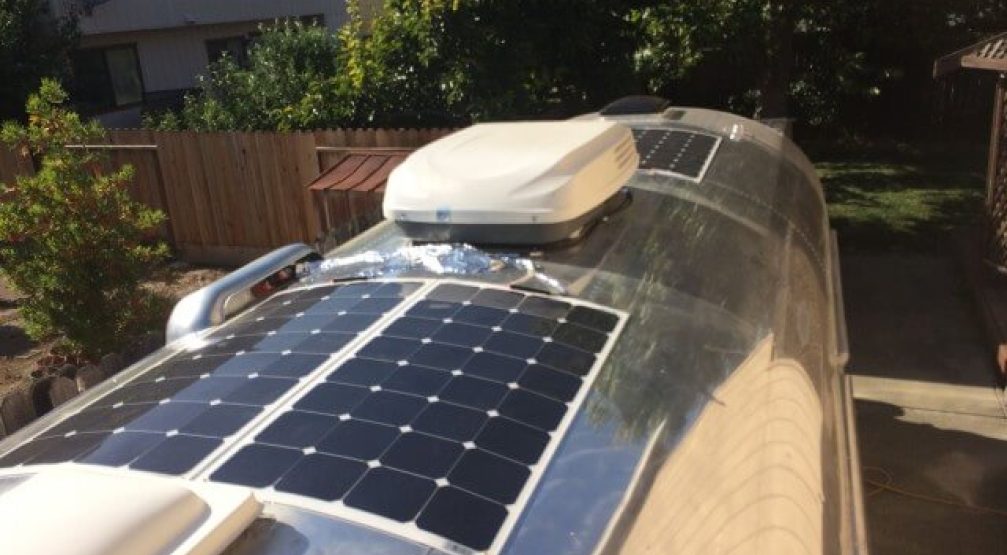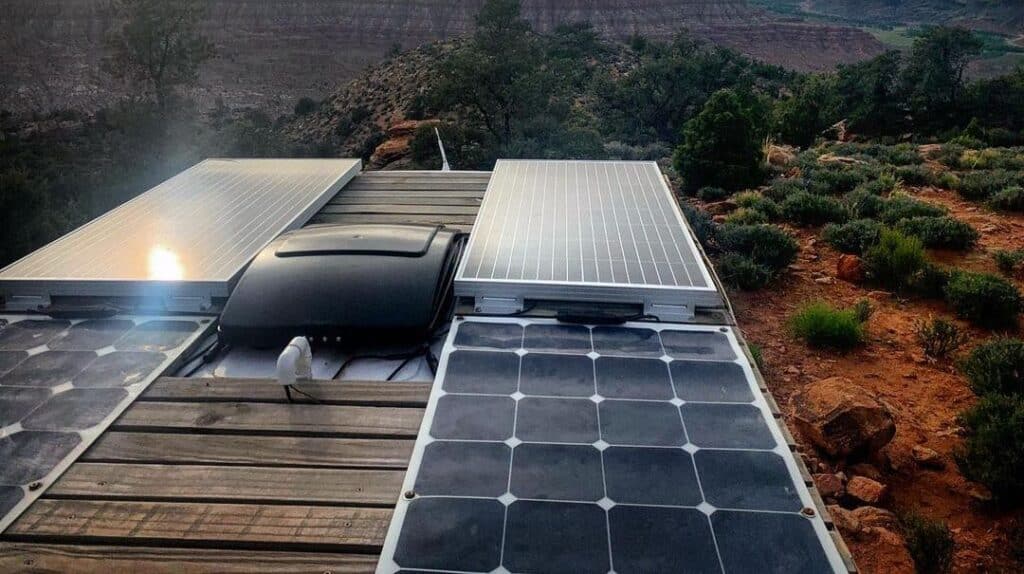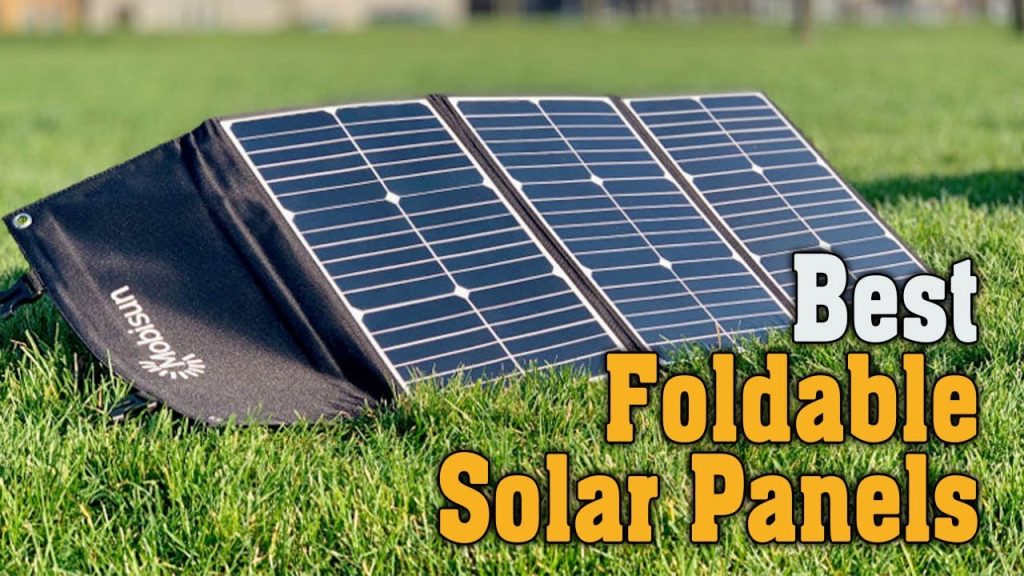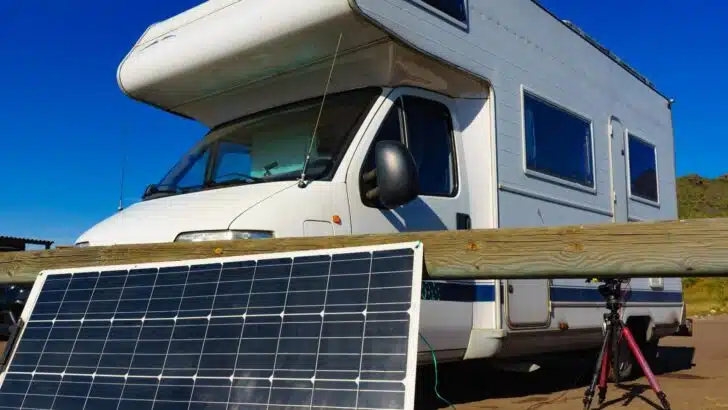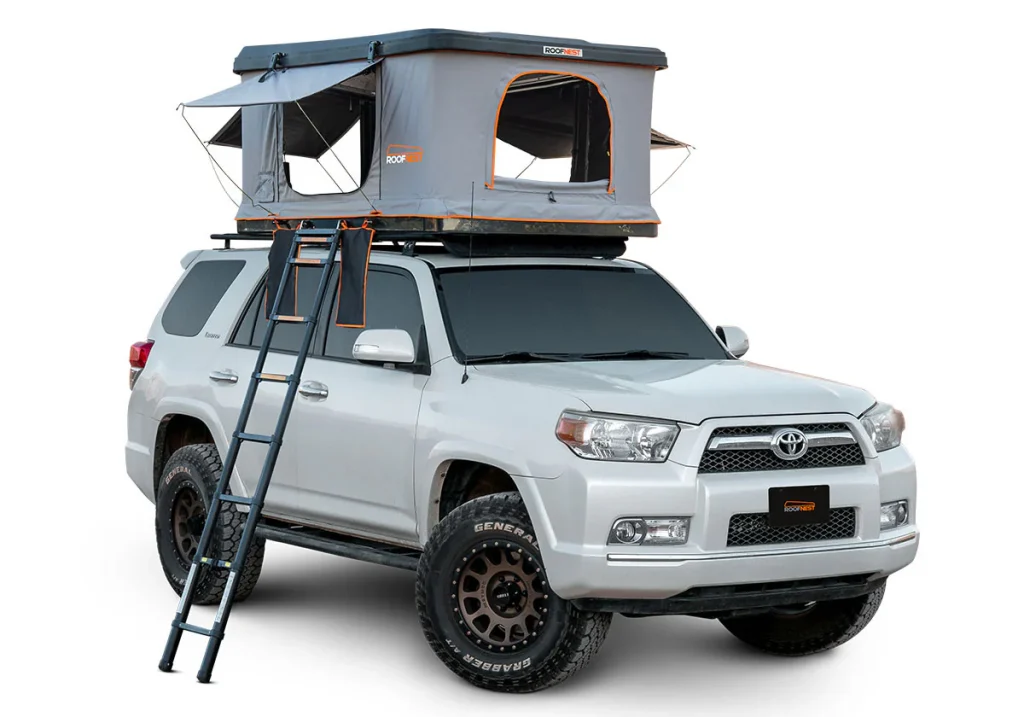When it comes to portable power stations, having reliable backup energy can make all the difference—whether you’re camping off-grid, preparing for emergencies, or just need extra power on the go. Two of the most popular options in the market are the Jackery 1000 and the Bluetti EB70, both offering impressive performance but with key differences that could sway your decision.
The Jackery 1000 is known for its high capacity and strong solar charging capabilities, making it a favorite for outdoor enthusiasts who need extended power. On the other hand, the Bluetti EB70 stands out with its ultra-durable LiFePO4 battery, faster charging, and budget-friendly price point.
In this head-to-head comparison, we’ll break down their specs, performance, charging options, and real-world usability to help you decide: Which portable power station is the right fit for your needs?
Key Specifications Compared
When choosing a portable power station, the technical specs play a huge role in determining which model best fits your needs. Below, we compare the Jackery 1000 and Bluetti EB70 across critical categories:
Battery Capacity & Power Output
-
Jackery 1000:
-
Capacity: 1002Wh (higher capacity for longer runtime)
-
Continuous Output: 1000W (2000W surge) – can power small appliances like blenders or microwaves
-
-
Bluetti EB70:
-
Capacity: 716Wh (smaller, but more efficient with power consumption)
-
Continuous Output: 1000W (2000W surge) – similar peak performance
-
Winner for Capacity: Jackery 1000 (better for extended use)
Winner for Efficiency: Bluetti EB70 (manages power effectively despite lower capacity)
Battery Chemistry & Lifespan
-
Jackery 1000: Uses Lithium-ion (NMC) battery (~500 cycles to 80% capacity)
-
Bluetti EB70: Uses LiFePO4 (LFP) battery (2,500+ cycles to 80% capacity)
Winner for Longevity: Bluetti EB70 (lasts 4-5x longer)
Weight & Portability
-
Jackery 1000: ~22 lbs (slightly heavier but still portable)
-
Bluetti EB70: ~21.4 lbs (marginally lighter)
Verdict: Nearly identical, but Bluetti has a slight edge for transport.
Portability & Design
When you’re hauling a power station to a campsite or emergency scenario, size and ergonomics matter. Here’s how these two models stack up in real-world handling:
Physical Dimensions & Build
-
Jackery 1000:
-
Size: 13.1 x 9.2 x 11.1 inches
-
Design: Classic orange-and-black suitcase style with a foldable handle
-
Durability: Rugged ABS plastic shell, but less drop-resistant than Bluetti
-
-
Bluetti EB70:
-
Size: 12.6 x 8.5 x 8.7 inches (more compact)
-
Design: Sleek black finish with recessed handles on both sides
-
Durability: Reinforced corners and IP65-rated fan vents (better dust/moisture resistance)
-
Winner for Compactness: Bluetti EB70 (easier to stash in tight spaces)
Winner for Grip Comfort: Bluetti’s dual handles beat Jackery’s single suitcase handle
Extra Features
-
Bluetti EB70 includes a wireless charging pad (10W) on top—convenient for phones.
-
Jackery 1000 has a brighter LCD screen with real-time power draw metrics.
Verdict:
-
Choose Jackery if you prefer a traditional, no-frills design.
-
Choose Bluetti for better ergonomics and added perks like wireless charging.
Charging Options & Speed
When the power runs low, how quickly can you get these stations back in action? Let’s break down their charging capabilities to see which one keeps you powered up faster.
Solar Charging Performance
-
Jackery 1000
-
Max Solar Input: 500W (with compatible panels)
-
Solar Charging Time: ~4-5 hours in ideal conditions
-
Compatibility: Works best with Jackery SolarSaga panels
-
-
Bluetti EB70
-
Max Solar Input: 200W
-
Solar Charging Time: ~6-7 hours in full sun
-
Bonus: Supports wider voltage range (12-60V) for third-party panels
-
Winner for Solar: Jackery 1000 (faster solar recharge)
Wall Outlet Charging
-
Jackery 1000
-
AC Adapter: 200W (0-100% in ~7 hours)
-
-
Bluetti EB70
-
AC Adapter: 400W turbocharging (0-80% in 2.5 hours, full charge in ~3.5 hours)
-
Winner for Speed: Bluetti EB70 (less than half the charging time)
Alternative Charging Methods
| Feature | Jackery 1000 | Bluetti EB70 |
|---|---|---|
| Car Charging | 12V (slow) | 12V (faster) |
| USB-C PD | No | Yes (100W input) |
| Dual Charging | No | Solar+AC simultaneous |
Game Changer: Bluetti’s USB-C PD input means you can top up with a laptop charger.
Final Verdict:
-
For off-grid users: Jackery’s superior solar input wins.
-
For quick turnarounds, Bluetti’s turbocharging is unmatched.
Output Ports & Connectivity: Powering Your Devices

When you need to run multiple gadgets at once, available ports and stable power delivery become critical. Here’s how these stations compare in real-world usage:
AC Outlets (Pure Sine Wave)
-
Jackery 1000
-
3x AC outlets – Power more high-wattage devices simultaneously (e.g., mini-fridge + blender + laptop)
-
Stable performance under 80% load
-
-
Bluetti EB70
-
2x AC outlets – Still sufficient for most users (e.g., coffee maker + phone charger)
-
Better voltage regulation at max load
-
Winner for Multi-Device Use: Jackery 1000
USB Charging Capabilities
| Port Type | Jackery 1000 | Bluetti EB70 |
|---|---|---|
| USB-A | 2x (5V/2.4A) | 4x (5V/3A total 15W) |
| USB-C | 1x (60W PD) | 1x (100W PD) |
| Wireless | ❌ No | ✅ 10W charging pad |
Key Difference: Bluetti’s 100W USB-C can fast-charge premium laptops like MacBook Pro.
12V & Specialty Ports
-
Both have:
-
12V carport (for air pumps, car fridges)
-
DC5521 (for portable fans, cameras)
-
-
Bluetti exclusive:
-
Regulated 12V/10A output – Safer for sensitive electronics
-
Verdict:
-
Tech-heavy users: Bluetti’s 100W USB-C and wireless pad are clutch.
-
Group camping: Jackery’s extra AC outlet keeps everyone powered.
Performance & Real-World Use Cases
The true test of any power station isn’t just specs—it’s how long it keeps your gear running when you need it most. We put both models through real-world scenarios to see which one delivers.
Scenario 1: Emergency Home Backup
Devices Powered:
-
50W fridge + 10W LED lights + phone charger
-
Jackery 1000 runtime: ~14 hours
-
Bluetti EB70 runtime: ~10 hours
Why? Jackery’s larger capacity (1002Wh vs. 716Wh) gives it the edge for prolonged outages.
Scenario 2: Weekend Camping Trip
Devices Powered:
-
200W electric cooler + 100W projector + drone charger
-
Jackery 1000: Cools food all night (~5 hrs) but drains to 30% by morning.
-
Bluetti EB70: Lasts ~4 hrs for cooler alone; better suited for shorter trips or paired with solar.
Pro Tip: Bluetti’s LiFePO4 battery handles repeated deep discharges better long term.
Scenario 3: Remote Work Setup
Devices Powered:
-
MacBook Pro (100W) + WiFi router (10W) + monitor (50W)
-
Bluetti EB70 advantage: Its 100W USB-C PD port powers the laptop directly (no AC adapter needed), saving ~20% energy loss.
-
Jackery 1000 workaround: Requires an AC adapter, reducing efficiency.
Runtime Winner:
-
Bluetti EB70 for USB-C-dependent workflows.
-
Jackery 1000 for mixed high-wattage AC loads.
Hidden Weaknesses
-
Jackery’s Achilles’ Heel: Struggles with continuous 800W+ loads (e.g., microwaves)—battery drains abruptly past 50%.
-
Bluetti’s Limitation: Lower capacity means more frequent recharging for power-hungry setups.
Final Takeaway:
-
Need max runtime? Jackery 1000.
-
Prioritize battery longevity and USB-C? Bluetti EB70.
Price & Value Breakdown
When investing in a portable power station, the cost versus long-term value is crucial. Here’s how these two models compare in terms of pricing and what you get for your money.
Current Market Prices (2025)
-
Jackery 1000: $999 (frequent sales drop to $899)
-
Bluetti EB70: $599 (often discounted to $549)
Price Difference: The Bluetti EB70 is ~40% cheaper than the Jackery 1000 at MSRP.
What You’re Paying For
| Feature | Jackery 1000 ($999) | Bluetti EB70 ($599) |
|---|---|---|
| Battery Capacity | 1002Wh (higher) | 716Wh (lower) |
| Battery Chemistry | Lithium-ion (~500 cycles) | LiFePO4 (2,500+ cycles) |
| AC Outlets | 3 | 2 |
| Solar Input | 500W (faster) | 200W (slower) |
| USB-C PD | 60W | 100W (faster charging) |
| Wireless Charging | No | Yes (10W pad) |
Long-Term Value Analysis
-
Bluetti EB70 Wins If:
-
You prioritize battery lifespan (LiFePO4 lasts 5x longer)
-
Need USB-C PD 100W for laptops/tablets
-
Want wireless charging convenience
-
Are on a tighter budget
-
-
Jackery 1000 Wins If:
-
You need extra capacity for longer trips/outages
-
Plan to use 500W solar panels for fast off-grid recharging
-
Require 3 AC outlets for multi-device setups
-
Resale & Warranty Considerations
-
Jackery Warranty: 2 years (extendable for extra cost)
-
Bluetti Warranty: 2 years (LiFePO4 battery has slower degradation)
Resale Value: Bluetti holds value better due to long-lasting battery tech.
Pros & Cons Summary: Jackery 1000 vs. Bluetti EB70
To help you decide quickly, here’s a clear breakdown of each power station’s strengths and weaknesses:
Jackery 1000
✅ Pros:
✔ Higher capacity (1002Wh) – Powers more devices for longer
✔ Superior solar input (500W max) – Faster off-grid recharging
✔ 3 AC outlets – Better for multi-device setups (e.g., camping, emergencies)
✔ Brighter display – Real-time power metrics are easier to read
❌ Cons:
✖ Shorter battery lifespan (~500 cycles to 80%) – Degrades faster than Bluetti
✖ Slower AC charging (~7 hours for full charge)
✖ No wireless charging or USB-C PD input – Less convenient for modern devices
Best For: Campers/RVers needing high capacity + solar, or users who prioritize extra AC outlets.
Bluetti EB70
✅ Pros:
✔ LiFePO4 battery (2,500+ cycles) – Lasts 5x longer than Jackery
✔ Faster AC charging (~3.5 hours) – Gets you powered up quickly
✔ USB-C PD 100W input/output – Charge laptops/phones without adapters
✔ Wireless charging pad – Convenient for smartphones
✔ More affordable – Better value for budget-conscious buyers
❌ Cons:
✖ Lower capacity (716Wh) – Shorter runtime for high-wattage devices
✖ Only 2 AC outlets – Limits simultaneous device use
✖ Weaker solar input (200W max) – Slower off-grid recharging
Best For: Users who want long-term durability, fast charging, and USB-C convenience at a lower price.
Final Decision: Which Portable Power Station is Right For You?
The Jackery 1000 and Bluetti EB70 are both excellent choices, but they cater to different needs. Here’s the ultimate buying guide to help you pick:
🔋 Buy the Jackery 1000 If You Need:
✅ Higher Power Capacity (1002Wh) – Best for:
-
Longer camping trips
-
Emergency home backup (fridge, lights, medical devices)
-
Powering high-wattage appliances (blenders, microwaves briefly)
✅ Superior Solar Charging (500W Input) – Ideal for:
-
Off-grid living or extended outdoor adventures
-
Faster solar recharging with compatible panels
✅ 3 AC Outlets – Great for:
-
Running multiple devices at once
-
Group camping or worksite tools
Best For: Outdoor enthusiasts, preppers, or anyone who needs max power and solar flexibility.
⚡ Buy the Bluetti EB70 If You Prioritize:
✅ Long-Term Durability (LiFePO4 Battery, 2,500+ Cycles) – Best for:
-
Frequent users who want a battery that lasts 5x longer
-
Avoiding replacement costs over time
✅ Faster Charging (~3.5 Hours from AC) – Ideal for:
-
Quick turnarounds between uses
-
Emergencies where time matters
✅ Budget-Friendly Price (~$600 vs. $1,000) – Great for:
-
First-time buyers or those on a tighter budget
-
Users who don’t need extreme capacity
✅ Modern Conveniences (100W USB-C PD + Wireless Charging) – Perfect for:
-
Remote workers charging laptops/phones efficiently
-
Minimalists who hate cable clutter
Best For: Budget-conscious buyers, frequent travelers, or anyone who values longevity and fast charging.
Still Stuck? Ask Yourself:
-
“Will I run a fridge or medical device for 12+ hours?” → Jackery 1000
-
“Do I want this to last 5+ years with heavy use?” → Bluetti EB70
-
“Is USB-C charging or wireless power important to me?” → Bluetti EB70
-
“Will I rely on solar panels in remote areas?” → Jackery 1000
Read More: Goal Zero vs EcoFlow: Which Solar Generator Should You Choose?

